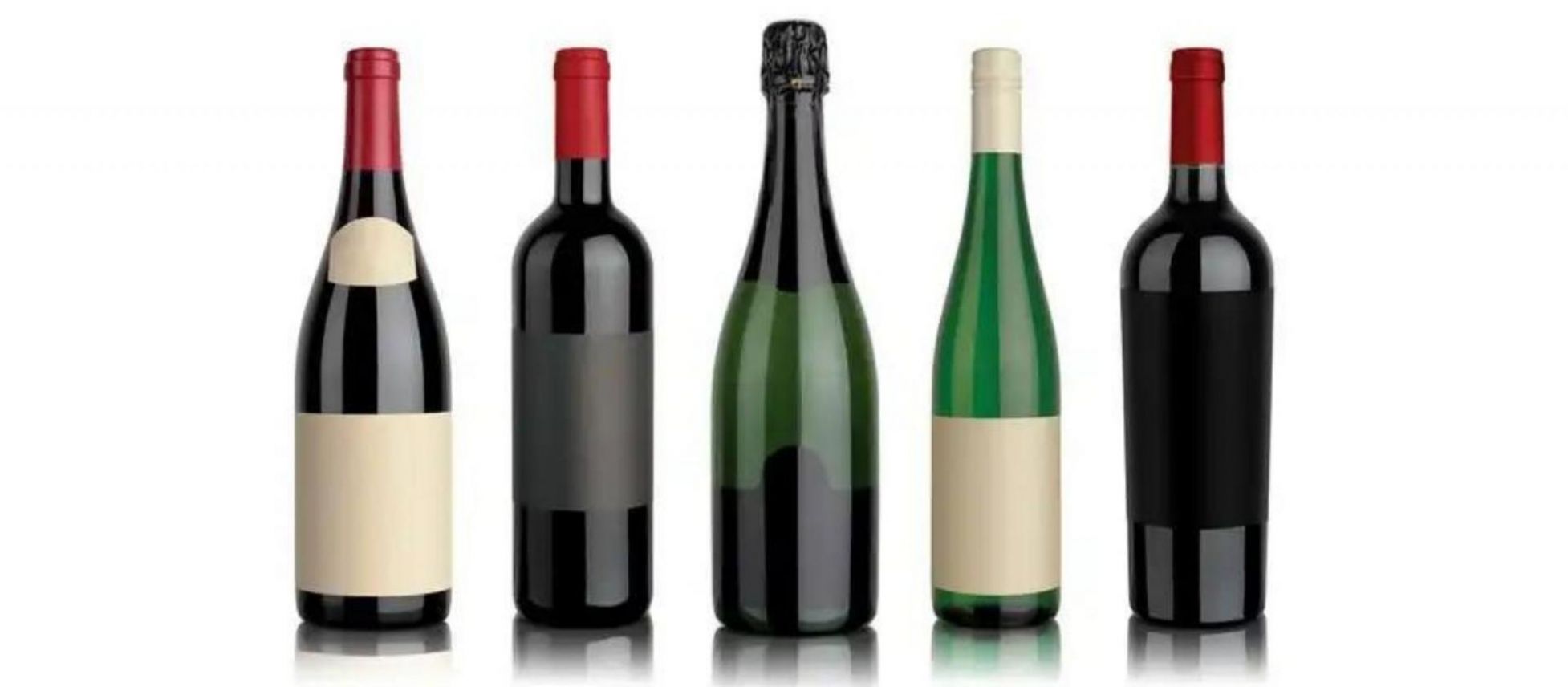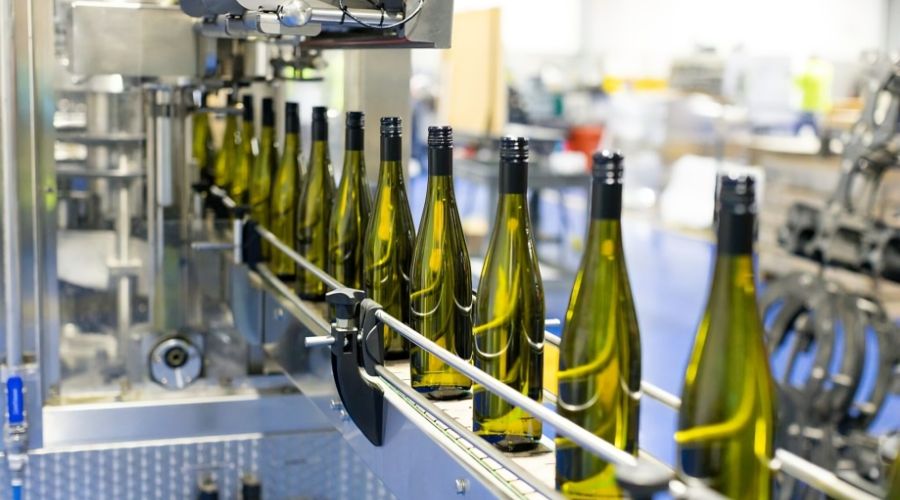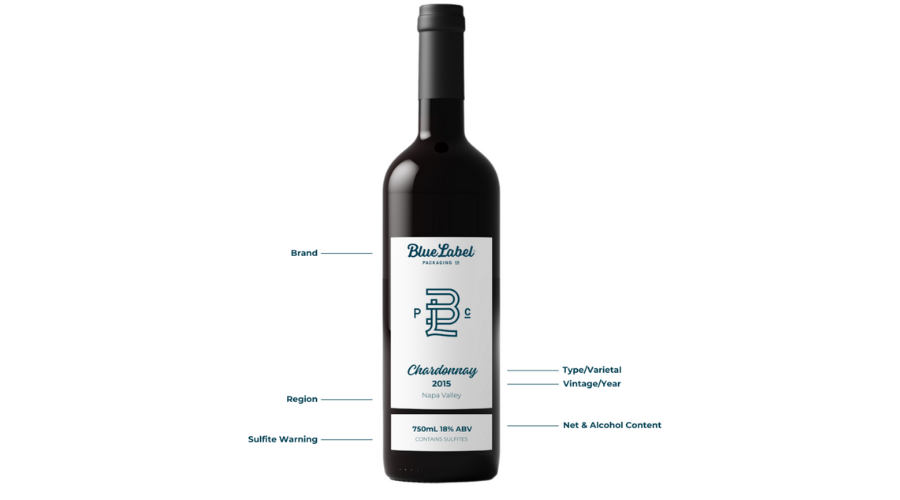Blog
Insights
Navigating the Pros and Cons of Own-Label Projects for Medium-Sized Wineries

Exploring Opportunities and Challenges for Medium-Sized Wineries in Private-Label Production
The wine industry is a multifaceted landscape, where branding and market positioning play pivotal roles in a winery’s success. As small wine businesses grow, new potential revenue streams emerge. While these would be difficult for small wineries to contemplate, for medium-sized wineries, own-label projects offer opportunities but also challenges.
Many wineries offer own-label or private-label production, for example, Margerum in Santa Barbara and Frater Family Wines in New Zealand. Sommeliers and wine directors should be aware of own-label production because it both offers potential for private-label restaurant wines and also impacts the perspective on certain wineries. In considering an own-label wine, it’s important to understand the winery’s side of the equation.
It’s thus important to evaluate the strengths and weaknesses of embarking on own-label projects, providing a nuanced perspective to help wineries make informed decisions.
Strengths of Own-Label Projects
The allure of taking on own-label projects includes brand diversification and market expansion; increased production volume leading to economies of scale; strengthened relationships with wine distributors and retailers; and often the potential for brand experimentation and innovation.
Own-label projects allow medium-sized wineries to diversify their brand portfolio and tap into new market segments. By creating exclusive labels for specific retailers or markets, wineries can reach a broader audience. This strategy not only enhances brand visibility but also mitigates risks associated with relying on a single brand identity. For example, a winery producing high-end wines can develop a more affordable own-label line, attracting price-sensitive consumers without diluting its premium brand.
Collaborating with retailers on own-label projects can lead to increased production volumes, allowing wineries to achieve economies of scale. Higher production volumes can reduce per-unit costs, improving overall profitability. Moreover, steady orders from retailers provide a predictable revenue stream, enhancing financial stability. This stability is particularly crucial for medium-sized wineries, which often face fluctuating demand.

Source: Barossa Bottling Service
Engaging in own-label projects fosters stronger relationships with distributors and retailers. These partnerships often result in long-term contracts, ensuring a consistent sales channel. Additionally, close collaboration with retailers can provide valuable insights into consumer preferences and market trends, enabling wineries to tailor their offerings more effectively. Wine distributors and/or retailers may also invest in marketing and promotional activities for the own-label wines, further boosting sales.
Own-label projects offer a platform for experimentation and innovation. Wineries can test new grape varieties, winemaking techniques, and branding strategies without risking their primary brand’s reputation. Successful innovations can then be incorporated into the main brand, enhancing its appeal. This flexibility allows medium-sized wineries to stay competitive and adapt to evolving market dynamics.
Weaknesses of Own-Label Projects
One of the primary concerns for medium-sized wineries is the potential dilution of their brand identity. Creating multiple labels can confuse consumers and weaken the overall brand image. If the own-label wines do not meet the same quality standards as the winery’s primary brand, it can tarnish the winery’s reputation. Maintaining consistent quality across all labels is challenging but essential to preserving brand integrity.
In addition, while own-label projects can increase production volumes, they often come with lower profit margins. Retailers typically negotiate lower prices for own-label wines to ensure competitive pricing. For medium-sized wineries, this means accepting tighter margins, which can impact profitability. Balancing the benefits of increased volume with the potential for reduced profits is a critical consideration. Relying heavily on own-label projects can also make wineries dependent on retailer relationships. If a key retailer decides to terminate the partnership or switch to a different supplier, the winery could face significant revenue loss. Diversifying sales channels and maintaining a balanced portfolio of own-label and proprietary brands can mitigate this risk.
Finally, managing own-label projects adds operational complexity to the winery’s production process. Different labels may require unique packaging, labeling, and marketing strategies, increasing administrative and logistical burdens. For medium-sized wineries with limited resources, this added complexity can strain operations and divert focus from core activities.
Case Study: A Medium-Sized Winery's Journey with Own-Label Projects
To illustrate the practical implications of own-label projects, let’s examine a hypothetical medium-sized winery, “Vintner’s Haven.” Known for its premium Bordeaux-style wines, Vintner’s Haven decided to explore own-label projects to diversify its brand and increase its market presence.
Vintner’s Haven partnered with a major supermarket chain to produce an exclusive line of affordable wines. This collaboration led to a significant increase in production volume, allowing the winery to optimize its production processes and reduce costs. The supermarket’s marketing efforts also boosted Vintner’s Haven’s brand visibility, attracting new customers who later explored the winery’s premium offerings.
However, the journey was not without challenges. The own-label wines, while popular, had lower profit margins due to the retailer’s pricing strategy. Additionally, managing the production and marketing of multiple labels strained the winery’s resources. Vintner’s Haven had to invest in additional staff and infrastructure to meet the increased demand and operational complexity.
To address these challenges, Vintner’s Haven implemented several strategic adjustments. They renegotiated contracts with the retailer to secure better pricing terms, ensuring sustainable profit margins. The winery also streamlined its production process, adopting advanced technologies to enhance efficiency. Furthermore, Vintner’s Haven diversified its sales channels by expanding its direct-to-consumer (DTC) sales and exploring international markets.
In the final analysis, the case of Vintner’s Haven underscores the importance of balancing risks and rewards in own-label projects. Medium-sized wineries must carefully assess their capacity to manage increased production and operational complexity. Developing a robust risk management strategy, including diversifying sales channels and maintaining stringent quality control, is essential to maximizing the benefits of own-label projects.

Source: Blue Label Packaging
A Checklist of Best Practices for Successful Own-Label Projects
1. Conduct Thorough Market Research
Understanding consumer preferences and market trends is crucial. Conducting thorough market research helps wineries identify opportunities for own-label projects that align with consumer demand and retailer requirements.
2. Negotiate Favorable Contracts
Securing favorable contract terms with retailers is vital to ensure sustainable profit margins. Wineries should negotiate pricing, volume commitments, and marketing support to create a mutually beneficial partnership.
3. Maintain Quality Control
Consistent quality is paramount in preserving brand integrity. Implementing rigorous quality control measures across all labels ensures that own-label wines meet the same high standards as the winery’s primary brand.
4. Leverage Technology
Adopting advanced technologies can streamline production processes and enhance operational efficiency. Technologies such as automated bottling lines, advanced fermentation controls, and data analytics can help wineries manage increased volumes and complexity effectively.
5. Diversify Sales Channels
Reducing dependence on a single retailer by diversifying sales channels mitigates risks. Expanding DTC sales, exploring international markets, and partnering with multiple retailers can provide a balanced and resilient revenue stream.
Own-label projects offer medium-sized wineries a compelling avenue for brand diversification, market expansion, and innovation. However, these projects also come with challenges, including potential brand dilution, lower profit margins, and increased operational complexity. By conducting thorough market research, negotiating favorable contracts, maintaining quality control, leveraging technology, and diversifying sales channels, wineries can navigate these challenges and unlock the full potential of own-label projects. Ultimately, a strategic and balanced approach can turn own-label projects into a valuable asset for medium-sized wineries, driving growth and long-term success.
Header Image Source: Italian Wine Private Label
If you're a bulk wine or bulk spirits supplier, contract bottler, or private label producer aiming to connect with serious trade buyers, IBWSS San Francisco is the event you can't afford to miss. Get a quotation or Book a exhibitor table.

